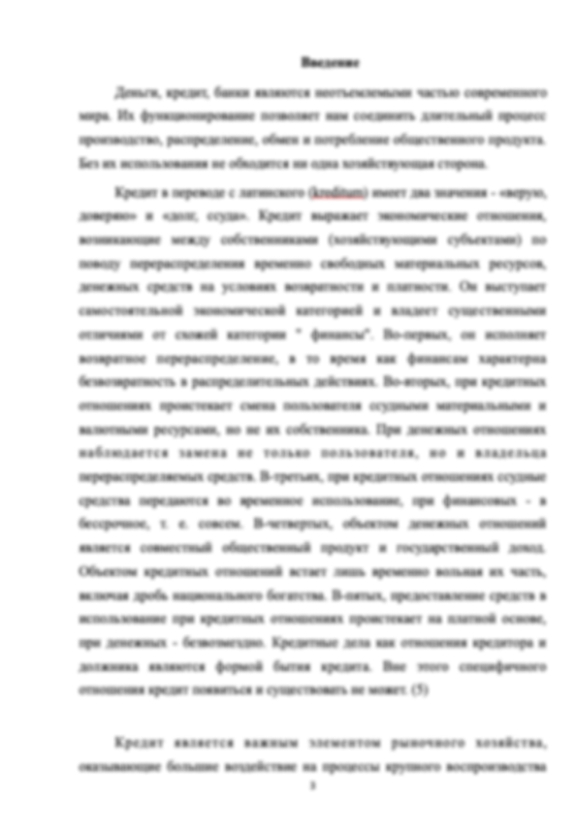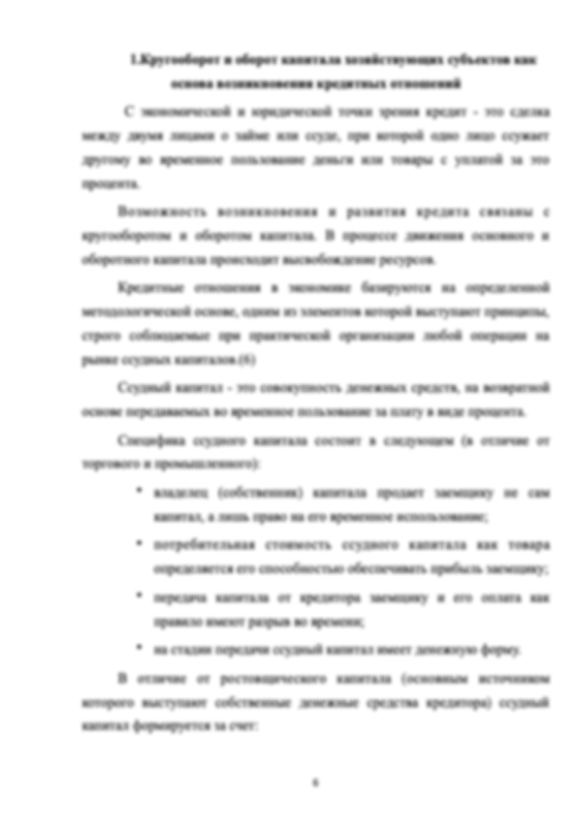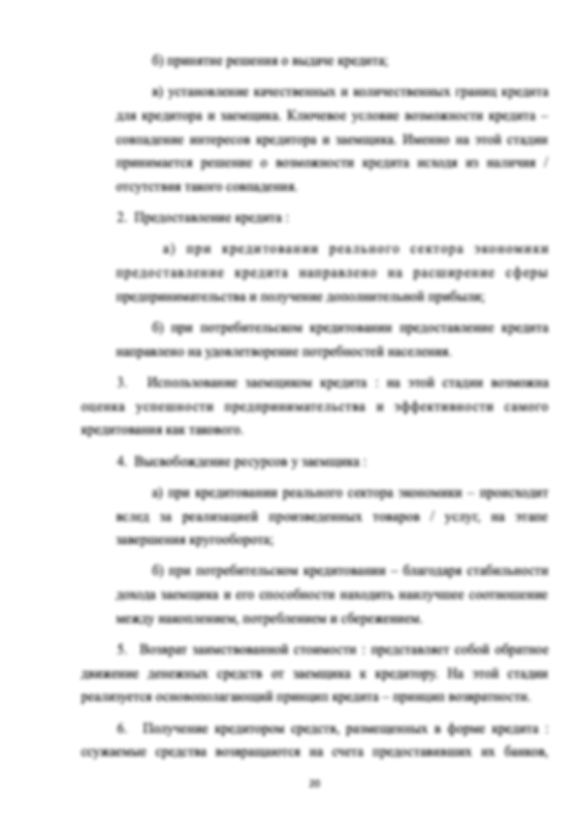Человек на своем месте,если кто-то собирается обратится -можете не сомневаться-обращайтесь .
Информация о работе
Подробнее о работе

Диссертация для Университета
- 29 страниц
- 2019 год
- 80 просмотров
- 0 покупок
Гарантия сервиса Автор24
Уникальность не ниже 50%
Фрагменты работ
PART 1: Research
Introduction…………………………………………………………….3
Types and methods of cooling towers used…………………………….5
Principle of operation of the main types of cooling towers……………6
Different variants of cooling towers in Russia and abroad……………14
PART 2: Calculations
Cooling tower performance calculation……………………………....22
Objective and Introduction……………………………........................22
Mathematical Part…………………………………………..................24
Summary………………………………………………………….......30
References…………………………………………………………….31
Introduction:
Many chemical processes require utility cooling to lower the temperature of the process stream. As it passes through a heat exchanger, the temperature of the cooling water is increased. Before this water can be reused to cool the process stream, its temperature must be lowered first. In our experiment, the industrial process load (heat from process stream) is provided by the condenser which heats up the water. Water stream is introduced at the top of the cooling system, then falls over packing material (to increase water surface area for cooling) and is exposed to air that is flowing upwards through the tower.
During contact between gas-liquid interface, latent heat of evaporation is carried into the air by the water vapour. The theory behind the operation of the cooling tower is the First Law of Thermodynamics (a.k.a. Law of energy conservation).
...
Types and methods of cooling towers used
Steam turbine installations of thermal power plants or combined heat and power plants require a constant supply of coolant to the spent steam condenser for heat extraction. For these purposes, special equipment is used - cooling towers or sprinkling pools.
The main function of these devices is water cooling due to the supply of atmospheric air.
...
Different variants of cooling towers in Russia and abroad
In Russia, widespread use megawatts of cooling towers, has been found on units of 500 MW. A distinctive feature of this type of device is a high concrete tower, which creates natural draft for cooling liquid from turbine condensers.
For example, CHP-25 (combined heat and power plant) in Moscow cooling towers are shown in Figure 8.
Figure 8 - Cooling towers of CHP-25
Figure 9 - Cooling towers of CHP-25 - night lighting
Cooling towers can be carried out both on a concrete base and with a metal frame. An example of this is the thermal power plant in the city of Sverdlovsk, shown in Figure 10.
Figure 10 - Cooling towers of thermal power plants in Sverdlovsk
Due to the constant evaporation inside the cooling tower there is always fog.
It looks like it's raining! If you come closer to the cooling tower, you can see for yourself how it looks from the outside.
...
PART 2: Cooling tower performance calculation
Objective:
1. Determine equation for defining volumetric Air Flow rate
2. Determine equation for defining volumetric Make-up water rate
3. Build an Excel file for fast calculation, with an option of changing variables
Apparatus:
Experimental Colling Tower operating in a steady state.
Source water quality for condenser cooling
Name of the indicator
Main loop (contour),
mg (or equivalent)/L
Makeup loop (contour),
mg (or equivalent)/L
Dry residue
200-400
Up to 2,5
Iron
0,01
0,1
Alkalinity
30-50
Up to 8
Rigidity
50-100
Up to 5
рН
7-8
8±0,5
Introduction:
Many chemical processes require utility cooling to lower the temperature of the process stream. As it passes through a heat exchanger, the temperature of the cooling water is increased. Before this water can be reused to cool the process stream, its temperature must be lowered first.
...
Mathematical Part
Given details:
Liquid water enters an induced draft cooling tower operating at steady state (Q̇ cv= 0). We know the mass flow rate at points 1 and 2, which is 32 Ton/h for 4 MW steam turbine. Temperature (at point 1) of hot water is 40 C° and 29 C° of reused water going back to the condenser. A Fan installed at the top of the tower draws in atmospheric air at 25C°, 0.1 MPa or 1 bar and 60% humidity, then saturated air is leaving the tower at 35C°,1 bar and 90% humidity. This information is easily measured with appropriate equipment provided. Make-up water is entering the basin at 18 C°. Draft Inducer 3 KW Fan installed at the top. Also taking into consideration that heat transfer with the surroundings, kinetic and potential energy can be neglected and the pressure remains constant.
NOTE: all variables are experimental and adjustable for different conditions for relevant Cooling Tower.
...
References
1. Sterman L.S. Thermal and nuclear power plants: [textbook for universities in the direction of "Thermal Engineering": a manual for the system of training, retraining and advanced training of personnel of energy companies] / L.S. Sterman, V.M. Lavygin, S.G. Tishin. - 5th ed., Sr. - Moscow: Publishing House MEI, 2010. - 463 p.
2. Fundamentals of Engineering Thermodynamics, seventh edition Michael J. Moran, Howard N. Shapiro, Daisie D. Boettner, Margaret B. Bailey
3. Journal “INNOVATION SCIENCE” No. 3/2016 ISSN 2410-6070.
4. Laptev A.G., Wedgayeva I.A. Design and calculation of industrial cooling towers: Monograph. Kazan: KGEU, 2014. - 180 p.
5. Journal "Scientific Achievement". Ways of rational use of cooling towers 2015, No. 3 (204).
6. Ivanov V. B. New technologies for cooling liquids in non-stop cooling towers / Ivanov V. B. / / Energy security and energy saving. - 2015. - № 2. - p. 25 - 28.
7. Gladkov V. А. Fan cooling towers / V. A.
...
1. Sterman L.S. Thermal and nuclear power plants: [textbook for universities in the direction of "Thermal Engineering": a manual for the system of training, retraining and advanced training of personnel of energy companies] / L.S. Sterman, V.M. Lavygin, S.G. Tishin. - 5th ed., Sr. - Moscow: Publishing House MEI, 2010. - 463 p.
2. Fundamentals of Engineering Thermodynamics, seventh edition Michael J. Moran, Howard N. Shapiro, Daisie D. Boettner, Margaret B. Bailey
3. Journal “INNOVATION SCIENCE” No. 3/2016 ISSN 2410-6070.
4. Laptev A.G., Wedgayeva I.A. Design and calculation of industrial cooling towers: Monograph. Kazan: KGEU, 2014. - 180 p.
5. Journal "Scientific Achievement". Ways of rational use of cooling towers 2015, No. 3 (204).
6. Ivanov V. B. New technologies for cooling liquids in non-stop cooling towers / Ivanov V. B. / / Energy security and energy saving. - 2015. - № 2. - p. 25 - 28.
7. Gladkov V. А. Fan cooling towers / V. A. Gladkov, Yu. N. Arefyev, V. S. Ponomarenko. - Moscow: 2012. - p. 43 - 48.
8. Zusmanovich LM Analysis of modern methods for the calculation of irrigation air coolers. / Zusmanovich L.M.
9. Issues of air treatment in contact devices / Publishing House MEI. - Moscow, 2010– P. 38 - 40.
10. Guidelines for the operation of tower type cooling towers. RD 34.22.505.
11. Shabalin A. F. Circulating water supply of industrial enterprises. 2006 - 296 p.
12. G.F.C. Rogers and Y.R. Mayhew Thermodynamic and Transport Properties of Fluids,
fifth edition, 1995
Форма заказа новой работы
Не подошла эта работа?
Закажи новую работу, сделанную по твоим требованиям


